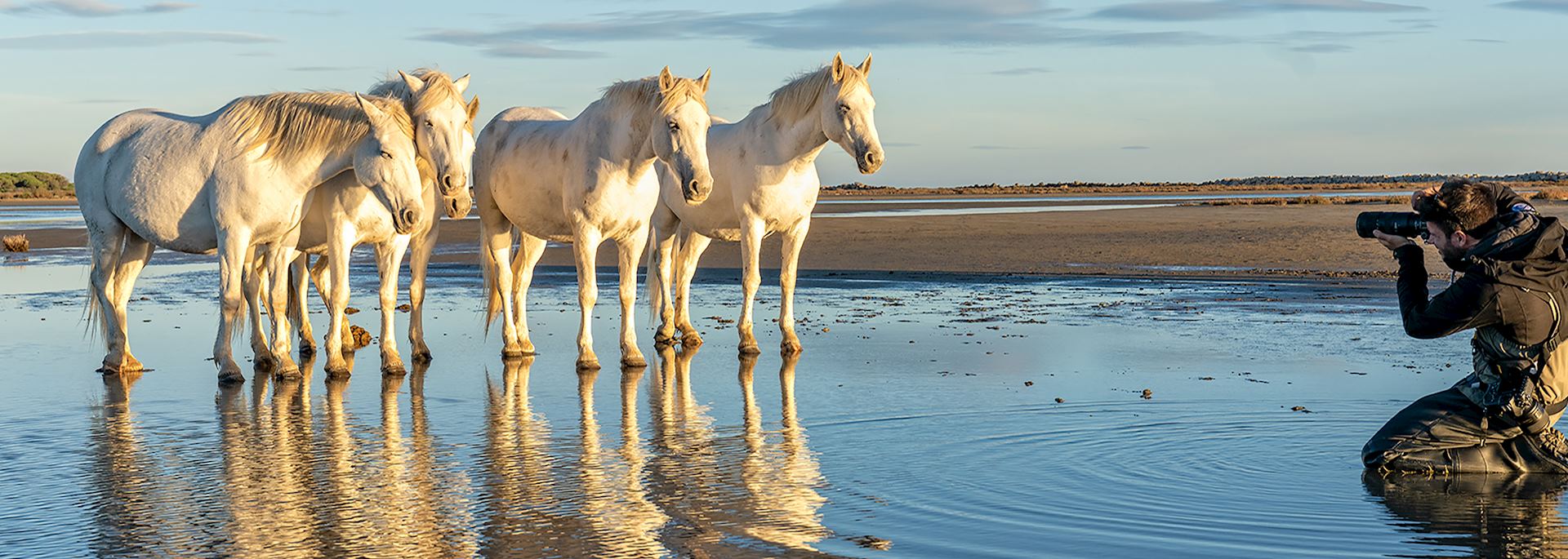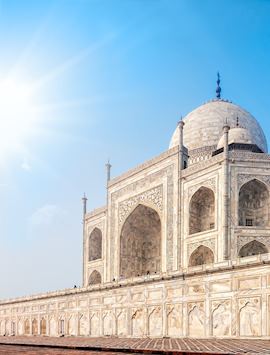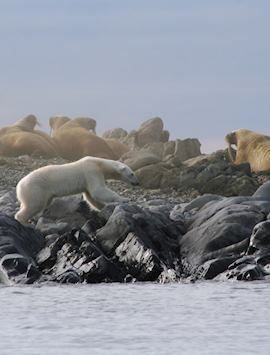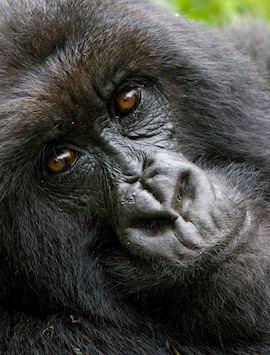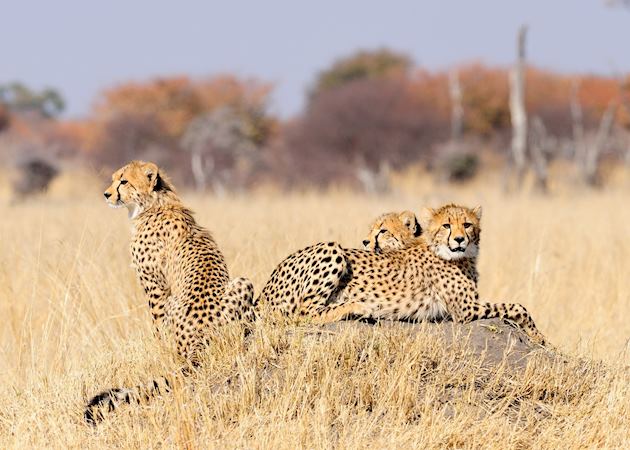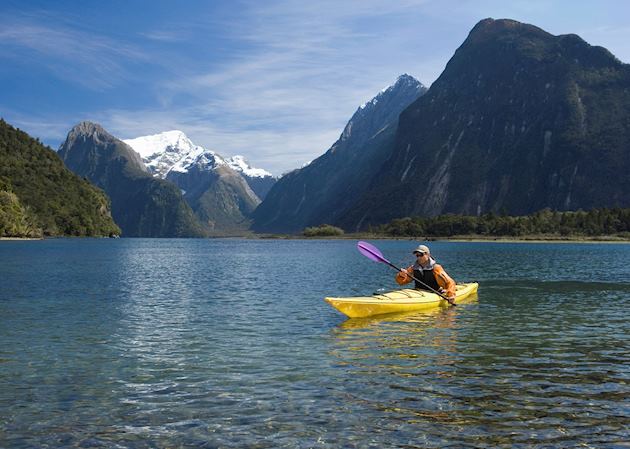Like many of you, we love capturing those memorable moments from our trip and admiring images long after we’ve returned home. But it can be tricky to translate what we see into an image on the camera. That’s why we sat down with award-winning British photographer Harry Skeggs to get his top travel photography tips. He’s spent his career exploring the world and has journeyed from the depths of the Atlantic Ocean to the stark wilds of the Arctic Circle, and knows a thing or two about how to capture a moment.
How did you first get into photography?
I studied art history at university and saw myself as wanting to be a painter, but then I picked up a camera while exploring Brazil for six months. However, when I shared my photos, I felt that I hadn’t really managed to convey what I’d experienced on my trip.
This inspired me to learn more. Through a lot of trial and error I slowly began to improve. I started to enter competitions and within a few months, I’d won my first accolade. Getting recognition for my work felt amazing and made me understand there was a future for me in photography. I took it from there.
Can you share your experiences on how best to capture the natural world?
I love animals and, for me, it’s all about personality. Shooting an image is one thing but capturing an animal’s personality is quite another. Like the cheeky laughter of a hyena — think about the animal’s quirks and traits.
This requires time and patience to get to know the animal — not only the character of that species, but that of the individual, too. Think about taking a shot that communicates those individual idiosyncrasies.
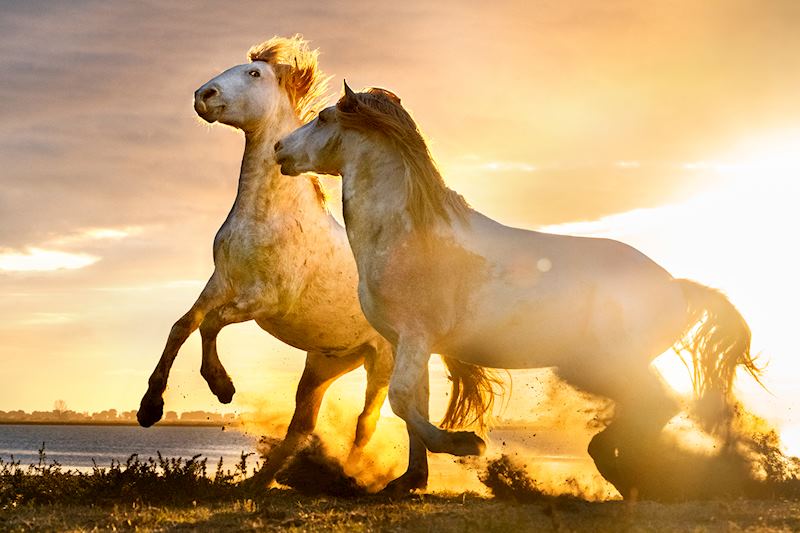
Some of the best moments in travel are the connections you make along the way. How can people reflect this in their photography?
When you’re photographing people, I think it’s important to talk to your subject and really spend time getting to know them. Even if there’s a language barrier, you can still show genuine interest and gain their respect, which will shine through in the final image.
With animals, it’s about time. I’d rather spend four hours with a single cheetah than photographing as many animals as I can. The more time you invest, the less they see you as a threat and start to relax. You’ll then begin to see them interact with other animals, too, which they only do when calm. You might see them playing with their cubs or asserting their dominance in their pride, for example.
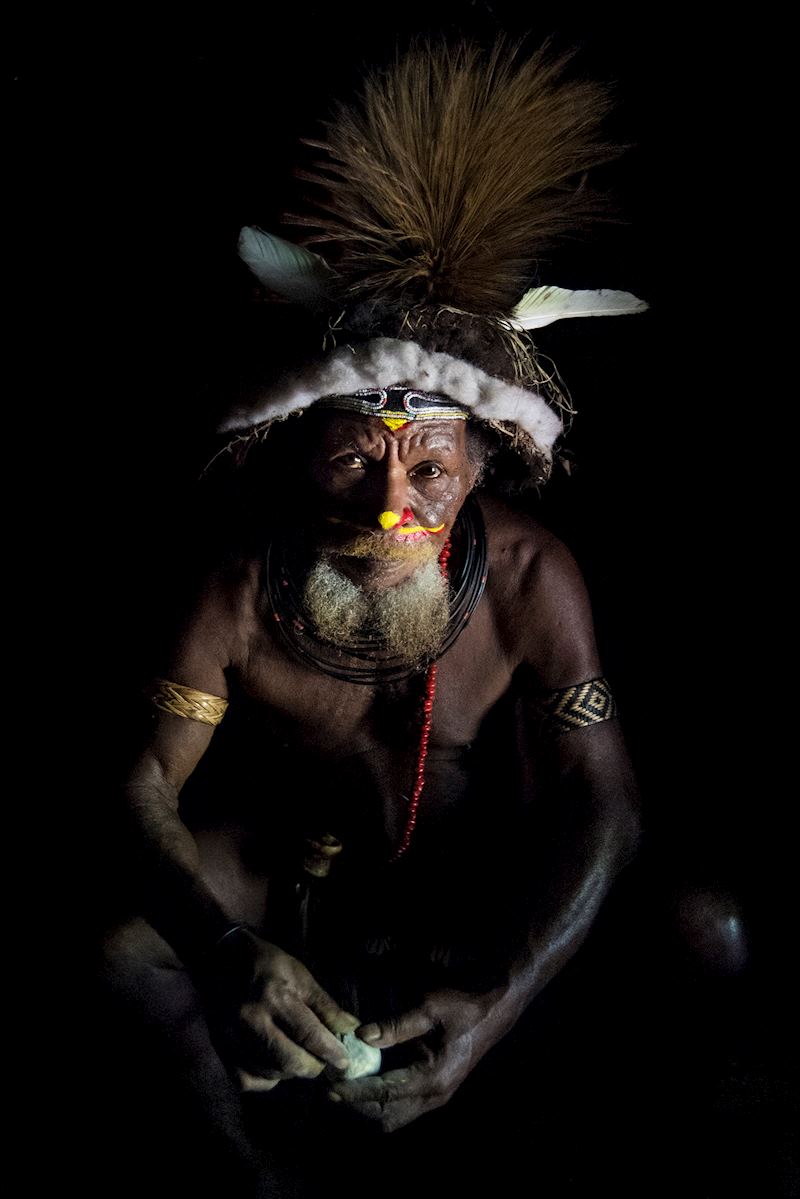
Some places have been photographed many times, what’s your suggestion for finding a new angle?
I’m a big believer of always taking the postcard-perfect photo. Once you’ve taken that classic shot, the pressure is off and you can start to experiment. I’m also a big believer in finding a new perspective. Get up high and look down. Or get really low and look up. We’re so used to seeing the world from a set height. Lying on the ground, everything looks different.
Think about giving your subject context, too. Take the Taj Mahal for example. You could shoot it from a nearby street, with all the hustle of daily life in the foreground, giving your image a real sense of place.
Framing the shot just right can make all the difference, do you have any tips?
For me, the biggest weakness in a composition is distraction. Our eyes are designed to pick out distractions so the fewer you have, the more your eye will linger on the subject and engage with it, creating a clean, powerful, and dramatic shot.
Take wildlife photography, for example. Most animals live in visually busy environments, surrounded by grasses, twigs, or thick jungle. You can frame your subject to simplify the surroundings, by cropping out distracting foliage, or using a long lens or wide aperture to soften the focus on the background — on a camera phone, this is often pre-set as the portrait setting.

What advice do you have for people trying to get more creative?
If you do things by the book, you’ll end up with lots of repetitive images. Whenever I’m looking at a subject, I think how has this been photographed before, and how can I do something completely different? Nine times out of ten, it won’t work, but when it does, it’s really exciting.
If you’ve taken one shot, don’t keep taking hundreds of photos like that. Change your angle, perspective, lens — keep trying different things. Be really critical and ask yourself, what can you do better next time?
What are your thoughts on equipment?
Everything I’ve been talking about is relevant whether you have the latest DSLR or a camera phone. The real difference at the end of the day is simply how big you can print it. Smartphones now are more powerful than my first DSLR.
No one should feel limited by equipment. For example, I don’t use a lot of expensive big lenses — I’m a big believer in getting close to my subject instead and use a 35mm or 85mm prime lens, which has a similar focal range to an iPhone. It’s so easy to miss a shot if you’re fiddling around with lenses. There’s a saying that resonates with me: the best camera is the one in your hands.
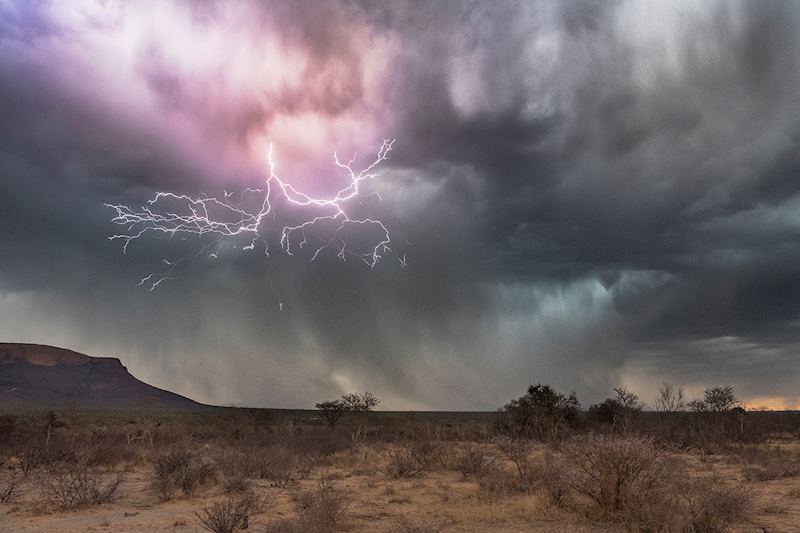
It’s easy to return from a trip with an overwhelming number of images. What’s your advice for picking out the best?
I strongly suggest you do a bit of editing as you go along, during long car journeys or at the end of each day. But, once I return, I tend to leave it a little while.
I find that, as images can be so entangled with the emotion of the experience, you can get very emotionally attached to an image. However, this might not be, artistically, your best shot. Revisit a few months later and you can judge better what makes the most successful image.
And you know what? It all depends on your output. Are you looking for something to hang on your wall, enter into a competition, or just share your experience with family?
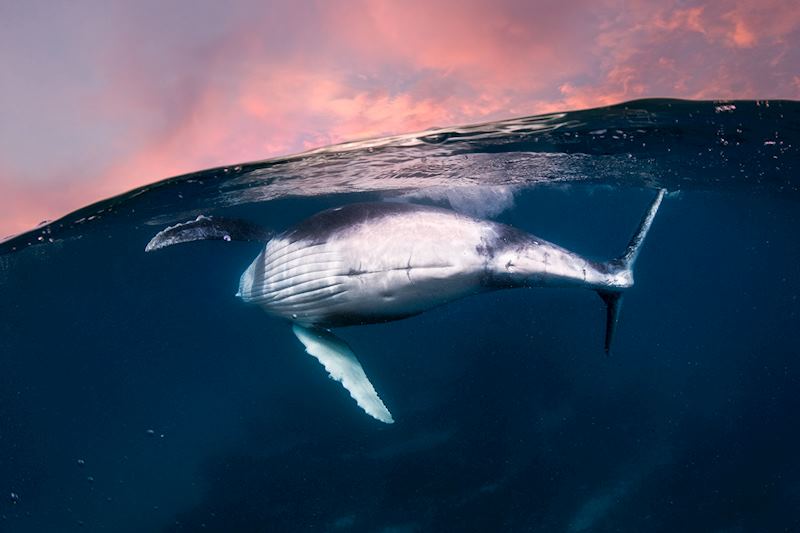
Can you tell us about the moment you captured a shot that has really stayed with you?
I was out in the Bahamas to photograph tiger sharks. Halfway through the trip I’d seen hundreds of reef, lemon, and other sharks, but we’d had little luck spotting the king of these waters.
We took a deep dive one morning, reaching 42 m (138 ft) when suddenly, ten minutes into the dive, my tank cut out. We were well below the depth from which you can safely resurface, particularly as we were hundreds of miles from a decompression chamber, and my dive buddy and I were 25 m (82 ft) apart.
In a mad dash, I beelined toward my dive buddy and reached him on the verge of blacking out, pulling his reserve mouthpiece into my mouth. The next few minutes were a blur, but we managed to act calmly enough to perform our drills and hit our decompression stop.
Reaching the surface, I felt a rush of relief — this was short lived, as without oxygen in my tank I was unable to inflate my buoyancy aid and, as I was starting to hyperventilating, I was struggling to inflate it with my mouth. Fighting the waves, panic, and exhaustion, we finally made it back to the boat feeling very shaken.
As I sat taking in what had happened, I became acutely aware that I needed to get back under the waves as soon as possible or I might never dive again. An hour later I was strapping on my fins and my courage and that’s when we saw our first tiger shark. Not only that, but delicate rays of light were rippling through the crystal water giving the most beautiful backdrop to this apex predator. It felt like such a magical experience and a reward for keeping going, despite my fears.
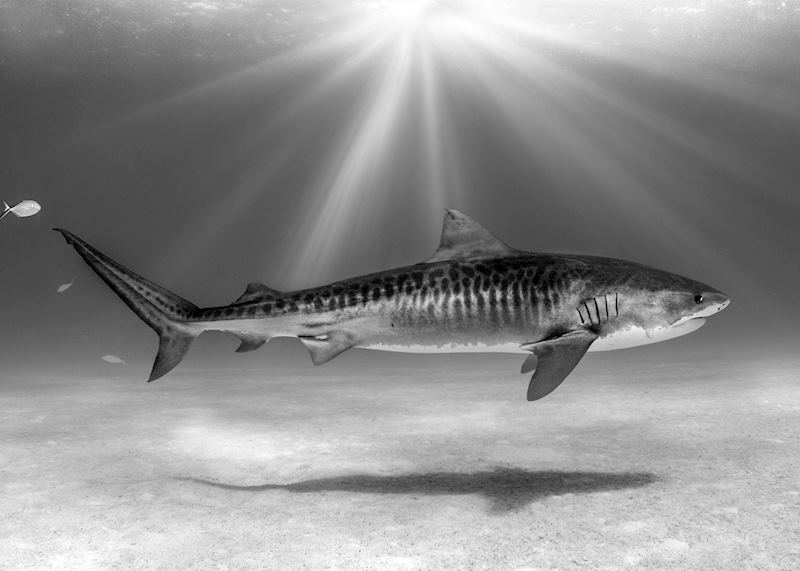
And finally, where next?
It’s an extremely busy year — I’ve got two years of cancelled trips to make up for. First off, I’m heading to Bora Bora for a delayed honeymoon, but I’ll still be taking my camera in hope of capturing manta rays up close.
Then, I’m off to the Alaskan wilds and British Columbia for brown bears. At the end of the year, I’m heading first to Namibia and then India in search of tigers.
Itineraries inspired by Harry’s shots
Start thinking about your experience. These itineraries are simply suggestions for how you could enjoy some of the same experiences as our specialists. They're just for inspiration, because your trip will be created around your particular tastes.
Was this useful?

